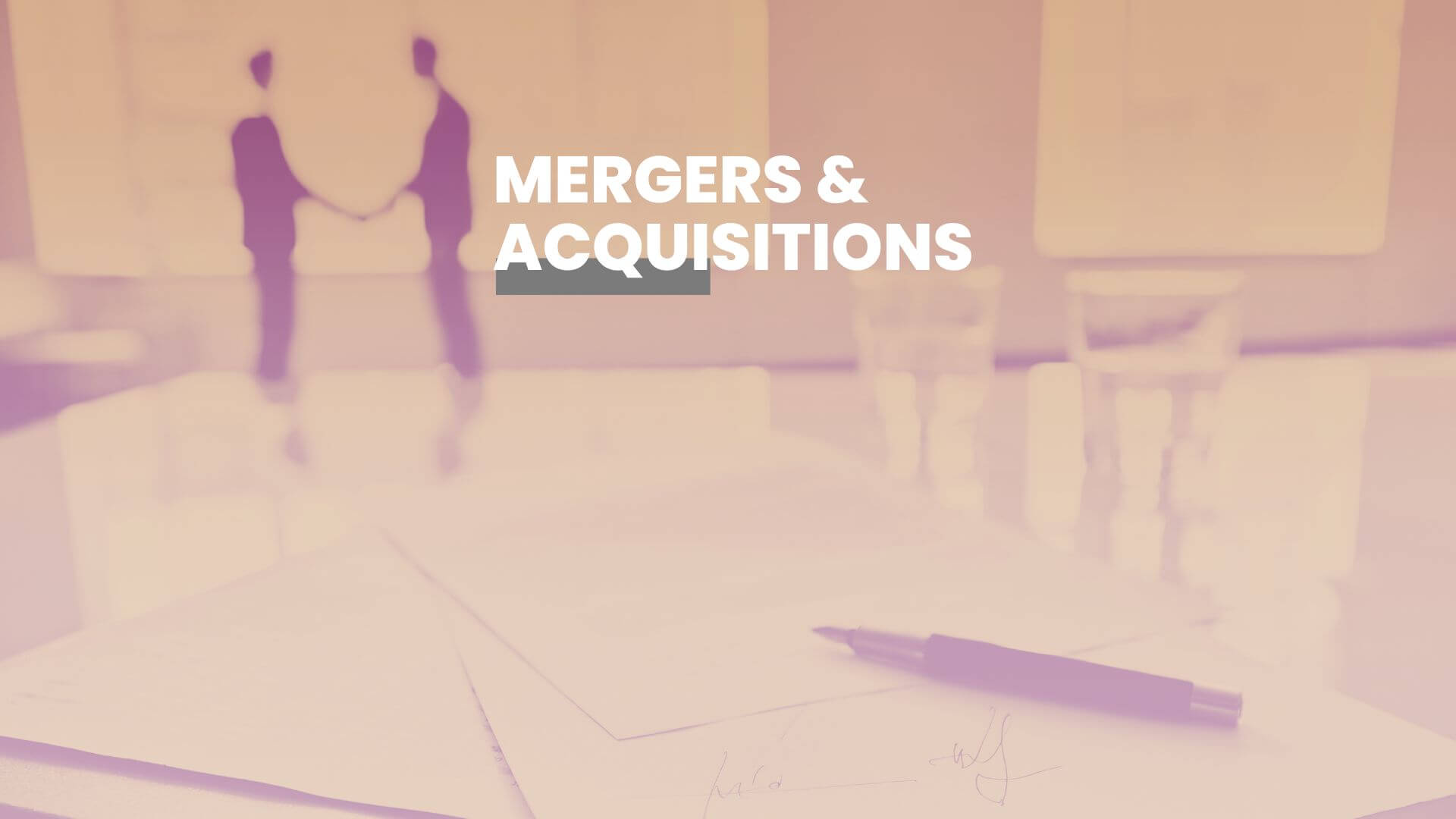A comparison of the most common closing options
Even the best matchmaking in the M&A process does not prevent sellers and buyers from having different views about what the “perfect deal” is. There is no such thing as a perfect deal: if only because there is a great variety of forms for the final deal – often with very abstract terms that are hardly self-explanatory for the medium-sized entrepreneur. Which deal is the most suitable for the individual sale of a company must be clarified in each of the contracting parties with the help of an experienced M&A strategist right at the beginning of the negotiations.
Asset deal versus share deal
The word “assets” means economic goods – in an asset deal only individual goods are sold: This can be land, buildings, equipment, production facilities or anything else, but also intangible assets such as rights, patents or current contracts. The transfer takes place in individual succession. An asset deal is often particularly attractive for buyers if the company to be sold is threatened by crises or is already in insolvency. In the case of an asset deal, only the seller is liable for the obligations created in the company. This also includes the fact that the buyer is not liable for liabilities to any employees taken over.
However, if the company to be sold is doing well economically, a share deal is the more common form of sale: Here the buyer acquires the shares of a partnership or corporation – in part, by a majority or in full. The transfer takes place in a purchase and transfer agreement; the buyer thus also assumes the obligations and liabilities established in the company.
Integration into the buyer versus reverse takeover
In the case of integration into the buyer, the purchased company is fully transferred into the buyer’s company: This can take place in its entirety, e.g. as a new branch or subsidiary, but also applies in the event of the fragmentation of individual properties or buildings, departments or services, patents or rights, for example. The sold company or an individual part is therefore “swallowed” and no longer exists on the market under its old name.
A reverse takeover, on the other hand, takes place exactly the other way round: Here the buying company is merged into the sold one – even if the buyer replaces the old management with his own or transfers his assets and liabilities. The takeover takes place through the exchange of shares, usually shares, with the aim that the sold company ultimately holds the majority of the buying company. In this case, the buying company becomes (outwardly) the purchased company. A reverse takeover makes sense if the purchased company is superior to the buying company in terms of reputation or stock market position, for example.
On-off payment versus earn-out
Conceptually self-explanatory, a one-off payment is based on a singular purchase price. It could be misleading, however, that the one-off payment does not necessarily have to take place in a one-off money transfer. An additional instalment payment with possible interest consideration is also possible. Crucial is: The seller sells its enterprise without option right at future profits.
In the case of an earn-out, on the other hand, the purchase contract contains a base purchase price and an additional purchase price. The latter provides for a share of future success variables: economic variables from the profit and loss account, real variables from the sales volume or also direct profits from a certain technology, service or product category. An earn-out is usually negotiated if the contracting parties have different expectations of the future profitability of the company to be sold – or if these are not yet definitively analysed at the time of sale. This is often the case with start-ups or not yet established innovations.
Cash and Debt free versus Working capital
A cash and debt free deal does not mean that the seller has to settle all liabilities (debt) before the sale, but could also withdraw all liquidities (cash). Free instead means a variable net purchase price structure, namely: The preliminary gross purchase price increases by the existing cash positions upon conclusion of the contract and simultaneously decreases by the existing debt positions. The concrete values result predominantly from the annual financial statements at a fixed point in time – the expected cash and debt values are calculated beforehand on the basis of previous balance sheets and financial statements. This allows both parties to agree on a provisional net purchase price at the beginning of the negotiations. However, seller and buyer opinions on the exact definition of cash and debt usually diverge widely and require some negotiation. In addition, the buyer will usually insist on a clause on “atypical deviations” so that the seller cannot simply increase the cash stock at short notice, e.g. by selling off, omitting expenses and the like.
In a working capital deal, however, an agreement on the assumed final enterprise value, which can also be reached quickly, is usually accompanied by less pre-negotiation effort and risk for the buyer. This is because the liquid funds for calculating the net sales price are not included here, only the tied funds count: namely the working capital – the capital that is tied up in the sales process and with which the company can work operationally. It is calculated as follows: The short-term borrowed capital (liabilities) is deducted from the active balance sheet items (assets) – the sum results in the operative capital working in the company. Here, too, a reference value for the net sales price is determined beforehand and the final sales price is then reduced or increased by the actual working capital value when the contract is concluded.

